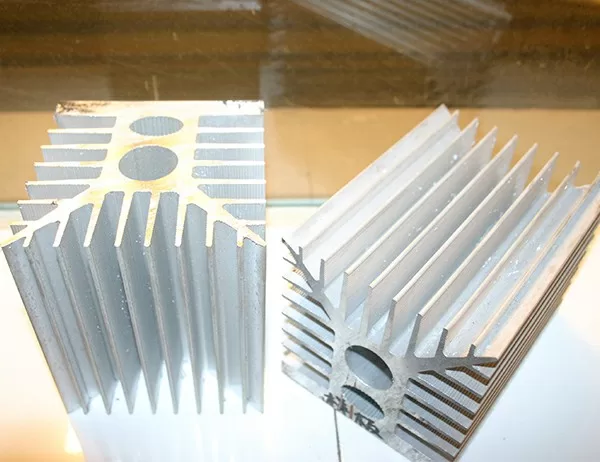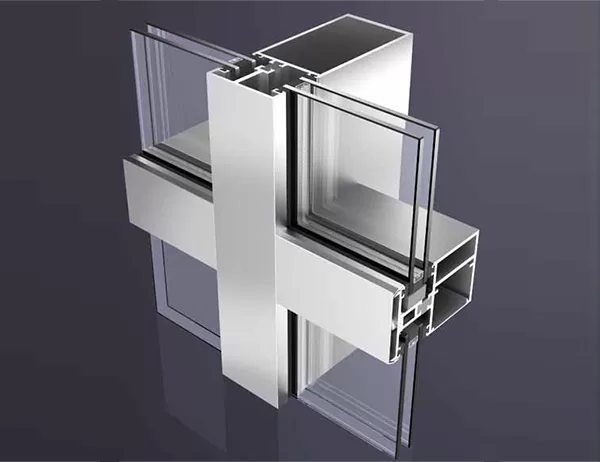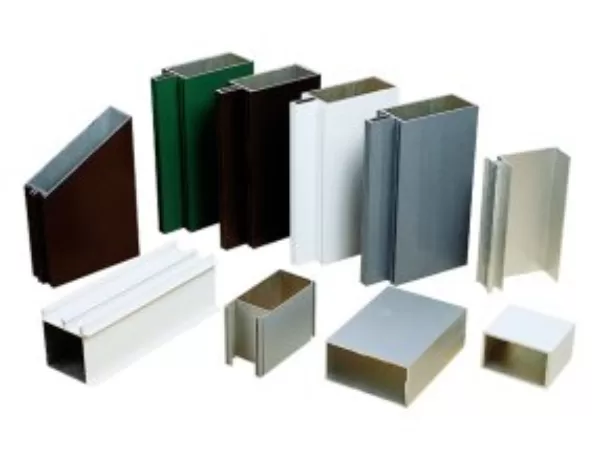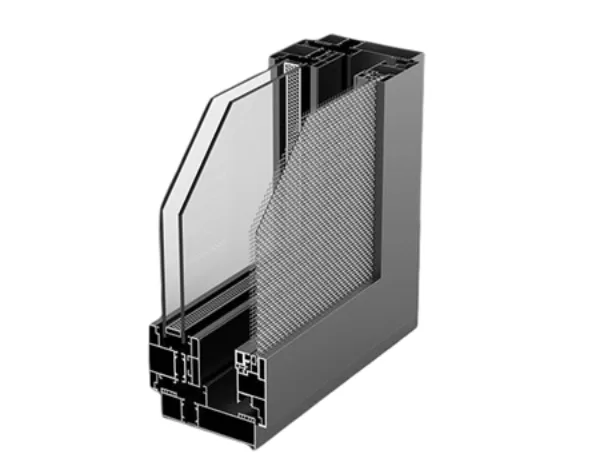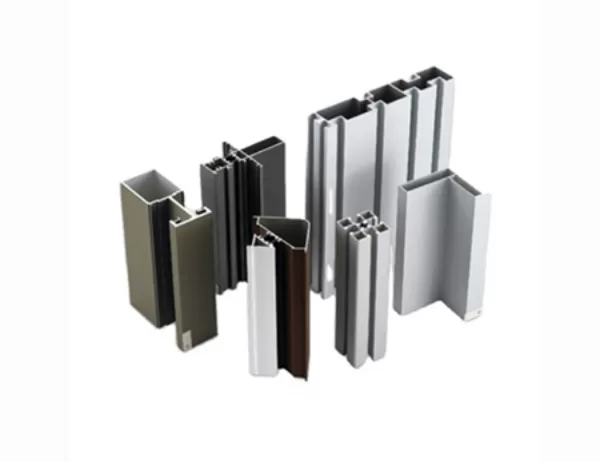Aluminum profiles have become increasingly popular in furniture design due to their versatility, durability, and aesthetic appeal. With a wide range of shapes, sizes, and finishes available, choosing the right aluminum profile for your furniture project can be daunting. This article will provide a comprehensive comparison of different types of aluminum profiles for furniture, examining their key features, advantages, and applications.
Extruded aluminum profiles are created by forcing molten aluminum through a die to shape it into a specific cross-section. This process allows for precise and complex designs with high strength-to-weight ratios.
Advantages:
High strength and durability
Complex and intricate designs possible
Lightweight and easy to handle
Corrosion-resistant and weather-resistant
Applications:
Structural components of furniture, such as frames and legs
Decorative and aesthetic elements, such as trim and moldings
Outdoor furniture and marine applications
Rolled aluminum profiles are produced by rolling flat aluminum sheets to achieve the desired thickness and width. This method offers a smoother surface finish and tighter dimensional tolerances.
Advantages:
Smooth and aesthetically pleasing surface
High dimensional accuracy
Good formability and malleability
Lightweight and durable
Applications:
Furniture panels and covers
Cabinet doors and drawers
Decorative surfaces and architectural trim
Hollow aluminum profiles are extruded or rolled profiles with a hollow interior. This design provides lightweight and rigid structural components.
Advantages:
High strength-to-weight ratio
Lightweight and easy to transport
Excellent insulation properties
Corrosion-resistant and durable
Applications:
Furniture frames and legs
Exhibition and display systems
Aerospace and automotive industry
Composite aluminum profiles combine aluminum with other materials, such as wood, plastic, or rubber, to create profiles with unique properties. This combination offers the benefits of both materials.
Advantages:
Enhanced strength and durability
Improved thermal and sound insulation
Increased design possibilities
Lightweight and cost-effective
Applications:
Furniture with ergonomic handles and grips
Structural components that require both strength and insulation
Decorative elements with unique textures and finishes
Selecting the right aluminum profile for your furniture project depends on several factors, including:
Load-bearing requirements: Extruded aluminum profiles offer the highest strength for load-bearing applications.
Aesthetic considerations: Rolled aluminum profiles provide a smooth and elegant surface finish.
Weight constraints: Hollow and composite aluminum profiles offer lightweight solutions.
Cost: Rolled aluminum profiles tend to be more cost-effective than extruded profiles.
By carefully considering these factors, you can select the optimal aluminum profile to meet the specific requirements of your furniture design.
